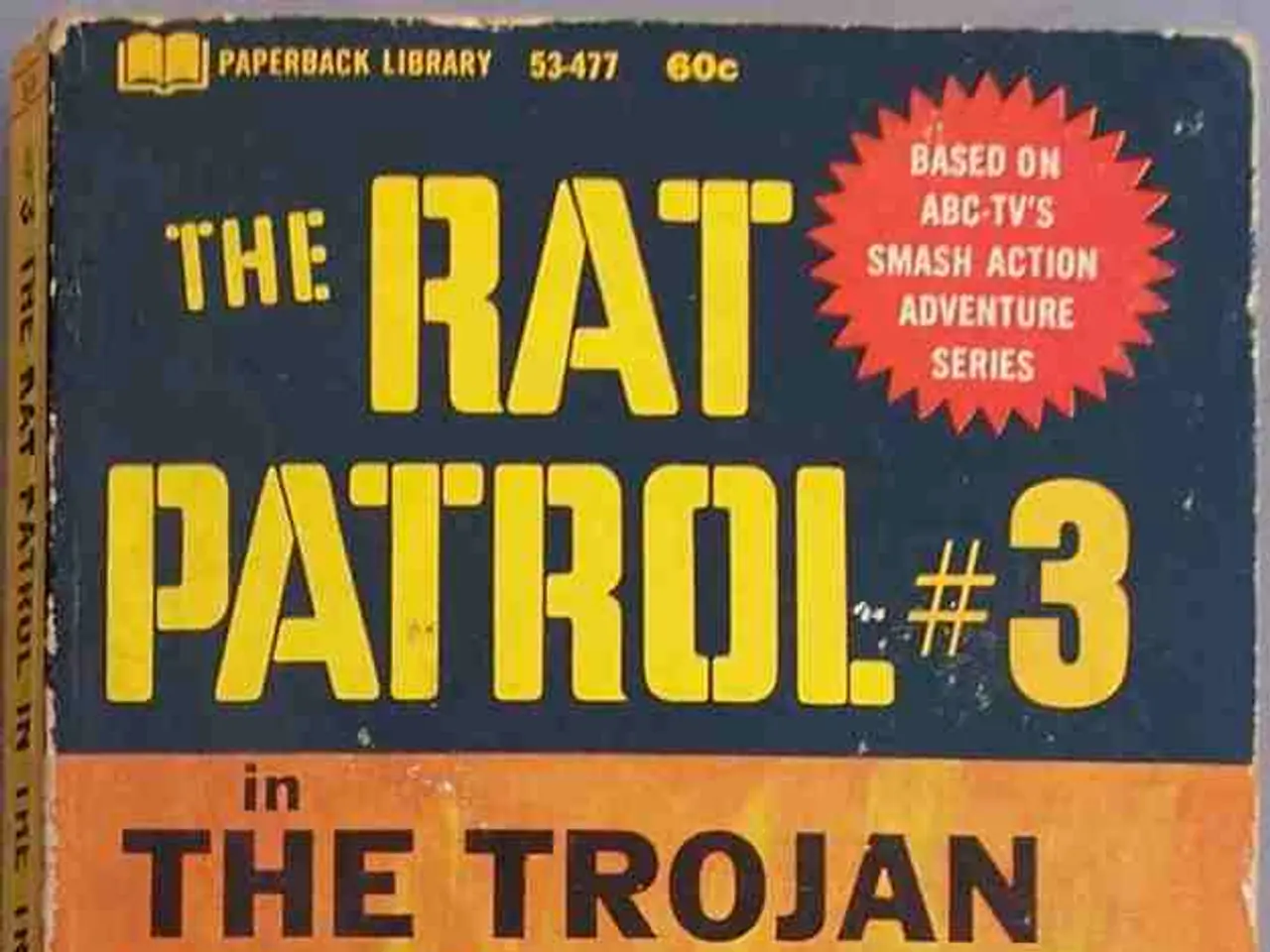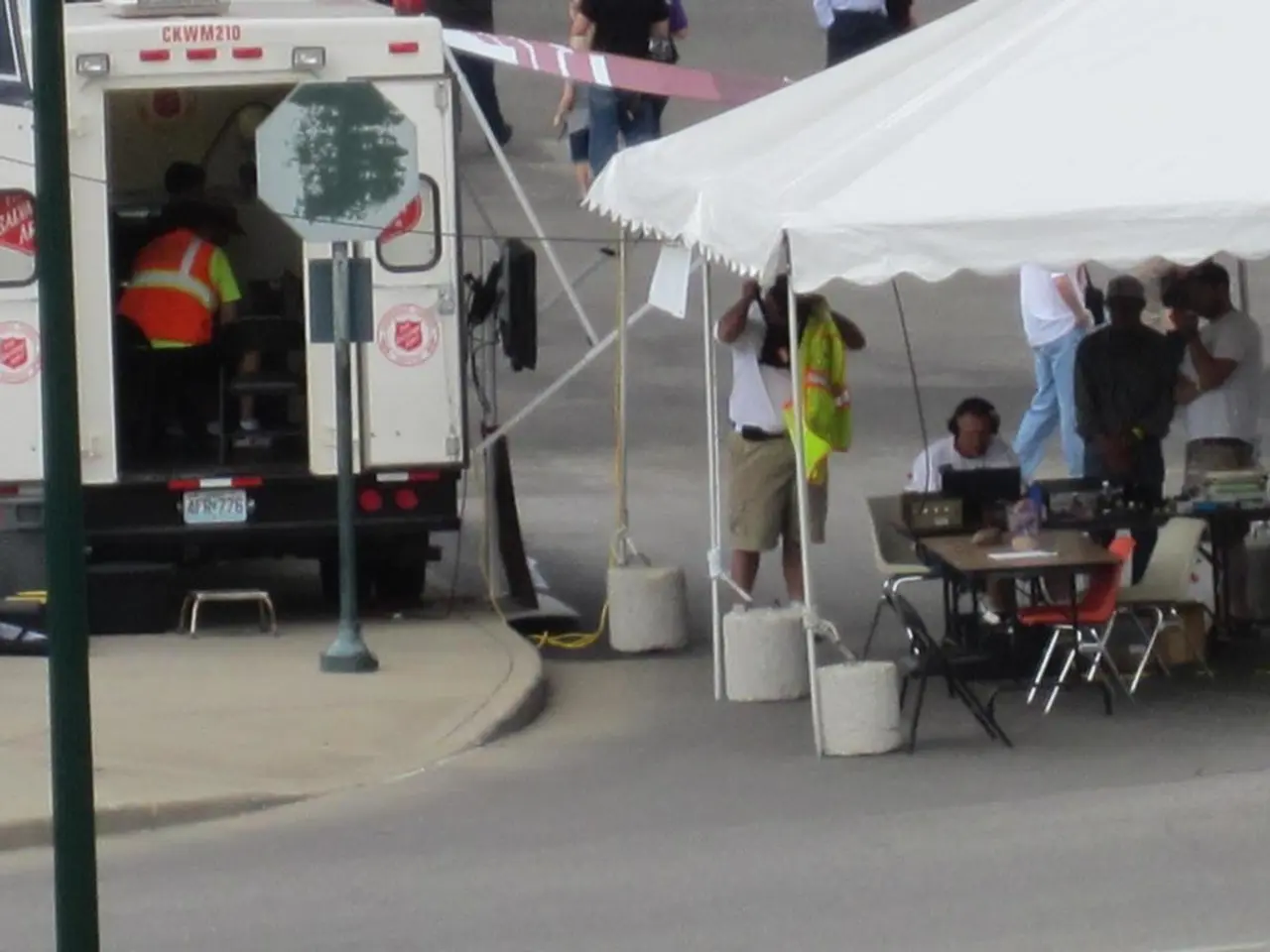Ukraine's Coming Pushback: A Look at the Chances for a Victory in 2023 Counterattack
The Russo-Ukrainian War, now in its ninth year, is at a critical stage, with the Ukrainian counteroffensive facing significant obstacles. The global stakes of this conflict extend far beyond Ukraine's territorial integrity, as continued military and financial support for Ukraine is crucial in facing down Russian aggression.
Since the counteroffensive began in early June 2023, Ukrainian forces have made some progress, most notably a breach near Zaporizhzhia. However, the slow pace of advances and the lack of decisive breakthroughs suggest that Ukraine is unlikely to achieve major territorial recaptures or decisive strategic victories this year.
One of the main factors limiting the progress of the counteroffensive is the entrenched Russian defenses. Ukrainian forces have struggled to dislodge well-fortified Russian troops from their positions, especially in southern Ukraine. The Russians have established heavily armed defensive lines and minefields along a 2000-kilometer front, which have proven effective in slowing the Ukrainian advance.
Another challenge is the lack of manpower and equipment. Both sides face constraints, with Ukraine heavily relying on managing reserves and maintaining Western military support, particularly from the U.S. Meanwhile, Russian forces continue to conduct "meat assault" tactics using drones and glide bombs, adding to the pressure on Ukrainian defenses.
Operational complexity and shifting fronts also pose a challenge. Ukraine has launched well-trained mechanized and air assault brigades in cross-border attacks, aiming for tactical advantages rather than reclaiming major territory. However, these attacks do not currently translate into large-scale strategic shifts.
These limiting factors contribute to an evolving stalemate on the battlefield. Even top Ukrainian military leaders acknowledge that the war has entered such a phase with no expectation for "deep and beautiful breakthroughs."
The slow pace of advances creates uncertainty over sustained momentum if Western support falters or is delayed. Ukraine’s tactical successes, such as cross-border strikes and localized advances, improve battlefield conditions but do not currently translate into large-scale strategic shifts. The war’s high costs for both sides and the persistent stalemate raise concerns about prolonged conflict with incremental gains rather than major breakthroughs in 2023.
As the rainy season approaches, both sides may settle down for another period of attritional warfare over the winter. Russia's plan likely involves pushing for negotiations between Moscow and Kyiv, with demands including the formal absorption of Crimea into the Russian Federation and no future NATO or EU membership for Ukraine.
Despite the military aid provided by the U.S., UK, and Germany, Ukraine still needs more equipment, particularly armored brigade columns, to effectively counter Russian forces. The slow pace of commitments of tanks and other high-end equipment may have given the Russians crucial breathing space in preparing their defensive lines.
In summary, the interplay of entrenched defenses, manpower and equipment constraints, limited breakthroughs, and operational challenges is keeping the Ukrainian counteroffensive contained, significantly diminishing the likelihood of a major Ukrainian success in 2023. The conflict appears headed toward a prolonged stalemate without a decisive upheaval this year.
- The use of drones and glide bombs by Russian forces in war-and-conflicts, such as the Russo-Ukrainian War, has become a crucial part of modern warfare, particularly in the application of "meat assault" tactics.
- The defense industry, including military forces worldwide, has been investing in drone technology as a significant aspect of logistics and operational strategies during war-and-conflicts, given their cost-effectiveness and covert capabilities.
- The political implications of the Russo-Ukrainian War, which is now in its ninth year, have significant repercussions beyond Ukraine's territorial integrity, particularly in terms of general-news and international politics, as Western powers continue to provide military and financial support.
- In light of the constraints faced by both Ukrainian and Russian forces in the Russo-Ukrainian War, such as manpower and equipment shortages, there is a growing debate about the role of defense in war-and-conflicts, with some advocating for increased investment in advanced military technology to gain an edge on the battlefield.








